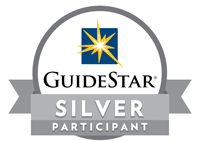Drama, Puppet, and Storytelling Lessons, Ideas, Activities, and Resources for Teaching Palm Sunday in Sunday School.
Post your Sunday School drama, puppet, and storytelling lessons, ideas, activities, and resources for Palm Sunday here.
- Please include a scripture reference, supply lists, sources, suggested age range. age modification, etc.
- Photos are much appreciated! Click "attachments" and upload to your post.
- Please be careful not to post copyrighted materials. Excerpting and paraphrasing is okay. Include attribution.
Including: Palms, Jerusalem, Mount of Olives, Bethany, Parade, Caiaphas, Annas, donkey, rocks and stones, and related. Matthew 21:1-11, Mark 11:1-11, Luke 19:28-44, John 12:12-19, Zechariah 9:9, etc., etc. Bible lessons for Palm Sunday -with Drama, puppets, scripts, skits, acting, newsroom, etc.
Here's a great first post in this topic...
Palm Sunday Drama Workshop Lesson Plan
The following drama adjusts to any size group, and could be staged in the Drama Workshop. We wrote it for our children and youth to open Palm Sunday Worship.
Summary:
This is a Palm Sunday Group Drama that can be used in class, in children's worship, or in front of the congregation..
Everyone participates as a character. Characters are "color coded" by the different color "scarves" (fabric pieces) they wear. You can also give each group a prop that identifies them.
You will encourage each student to be creative in their expressions, “How would an angry Pharisee look?” and so on.
Scripture Reference:
Read Luke 19:28-44
Materials List:
- Costumes/scarves (these can be strips of colored fabric. See script for colors.
- Props
Lesson Plan
Opening
Welcome students, explain what they'll be doing today, and tell them what you hope they will learn.
Study the Scripture:
First, ask student to tell you as much as they already know about Palm Sunday. Write their responses on the board in the form of a timeline.
When they're done suggesting, have them read Luke 19:28-44, then go back to the timeline and complete it.
Now write "what does it mean" above several of the timeline entries they came up with (such as, "Jesus rode a donkey," "People laid palms," "Religious authorities complained," "Jesus said rocks would sing."
Ask students to EXPLAIN the MEANING of those things. As they do, inject additional insights and/or comments along the following lines:
- Why were the crowds excited that Jesus was coming to them?
- What did they know about Jesus?
- What did they expect Jesus to do in Jerusalem?
- Who are “Pharisees” and why are “mean”?
- Everyone had great expectations for what would happen when Jesus came to Jerusalem, but what did happen that week?
- On Palm Sunday no one knew what would happen. They were all very happy that Jesus was coming to them! How happy do you feel knowing that Jesus is with you all the time? Let’s express that happiness like the people on the first Palm Sunday!
Ask: Where are YOU in the Palm Sunday crowd? Have students "vote" by standing along an imaginary line on the floor, then interview a few of them. Be sure not to disrespect those who aren't sure.
Disinterested --- Wondering what the fuss is ---- Wanting to see Jesus --- Hoping he's the Messiah ----Knowing He's the Messiah
REHEARSE THE DRAMA !
1st Rehearsal – give directions with **. Ask everyone to be everyone!
2nd Rehearsal – divide into groups to be the characters. Only 1 Jesus! Have each group do their own parts.
Directions given in black are for presentation in the sanctuary.
Jesus – robe and a donkey (made from cardboard with a rope to put over Jesus’ shoulder)
Disciples- “Let’s go to Jerusalem!” – blue scarves
Pharisees – “Hey you!” “Be Quiet” – yellow scarves
1st Crowd – “Jesus is coming! Jesus is coming!” – green scarves
2nd Crowd – “Blessed is the one who comes in the name of the Lord!” – orange scarves
3rd Crowd – “Hosanna! Hosanna!” – purple scarves – use the youngest children for this part.
**Have students stand at edge of gym. Practice “parade waves” and looking around – “Bring me a donkey!”
Jesus went on toward Jerusalem, waving to people as he walked. When he got close to Bethany he stopped and called to his disciples, “Bring me a donkey!”
**Act like you are pulling, pushing or encouraging a donkey – be nice – you are disciples!
The Disciples brought a donkey and placed their coats on and helped Jesus to get on it.
**Right face, start marching around the room – yelling “Jesus is coming! Jesus is coming!”
Wave your cloaks & palms high in the air, march in a stately royal manner.
Then a crowd (of green scarved people) saw Jesus coming. They ran up (from 1st pews) to Jesus and the Disciples and greeted them with waving palm branches. Then they turned back to town announcing with great joy,
“Jesus is coming! Jesus is coming!”
**Left face! Skip and jump and yell, “Blessed is he who comes in the name of the Lord!” Wave your cloaks & palms high in the air.
Another Crowd (of orange scarved people) ran up (from 1st pews) to the crowds. They waved palm branches and greeted Jesus, “Blessed is he who comes in the name of the Lord!” They followed Jesus and the others, skipping and jumping and yelling “Blessed is he who comes in the name of the Lord!”
**Right face! Skip or jump up and down and yell, “Hosanna! Hosanna!” Wave your cloaks & palms high in the air!
And the children (purple scarves) joined in (from altar area) singing “Hosanna! Hosanna!” And they followed the crowds who were happy and praising God.
**Freeze! Everyone on this side – look like an angry Pharisee, point at the people and yell “Hey You!
Now some Pharisees were in the crowd and they yelled out to Jesus (step onto the pew) “Hey You!”
**People slowly turn around and look at the Pharisees like “What’s your problem?”
The Crowd froze and turned to look at the Pharisees.
**Pharisees point 3 times and yell “Be Quiet!”
The Pharisees yelled out again to Jesus, “Be Quiet!”
**If you were Jesus, how would you talk to the Pharisees, how would you hold your hands?
Jesus stepped toward the Pharisees and said loudly “I tell you - if they are quiet - then the stones will cry out!”
**Pharisees look disgusted, with a “forget you” wave and turn around.
The Pharisees shrugged their shoulders and went away (sit down).
**Everyone start marching to one side of gym, yell “Hosanna! Hosanna! . . .
The Crowds continued with their cheers and followed Jesus to the edge of Jerusalem. (everyone heads back to altar area) They waved their palms, and sang “Hosanna! Hosanna!” and “Blessed is he who comes in the name of the Lord!” and “Jesus is coming! Jesus is coming!”
**Everyone yell “Let’s go into Jerusalem!” Run or skip to the other side, wave your palms and yell out your praises.
The Disciples and the Crowd were anxious to enter Jerusalem. “Let’s go into Jerusalem!” They all headed for the city. (head to back of sanctuary) They were skipping and yelling their praises as they went.
**Everyone excitedly announce “Jesus Is Here!”
Jesus stayed where he was. The Crowds and Disciples turned back to Jesus. (Jesus waves 3x-Everyone yell)
“Jesus Is Here!”
Jesus smiled and waved back to them, then he followed them to the temple. (all process out of sanctuary)
Closing:
Remind students that no matter "where" they stand in Jesus' parade, Jesus "stands" with them -- he sacrificed himself for the sins of all. Jesus wants us to believe in him, but he also wants us to cheer goodness and love in this world and share it with others. Close with prayer.
A lesson written by Julie Grendahl
and updated by members of the Rotation.org Content Team
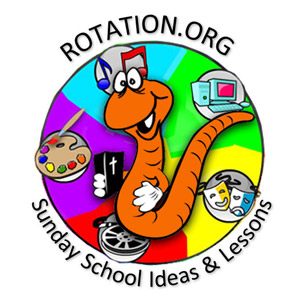
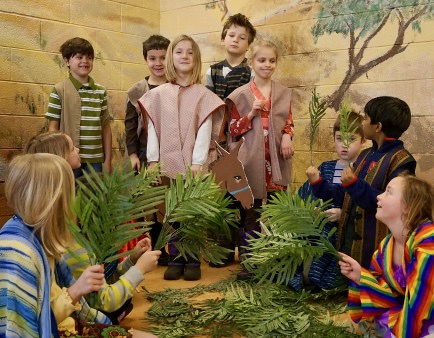
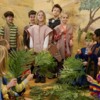
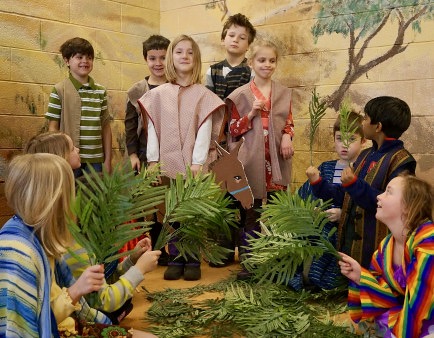
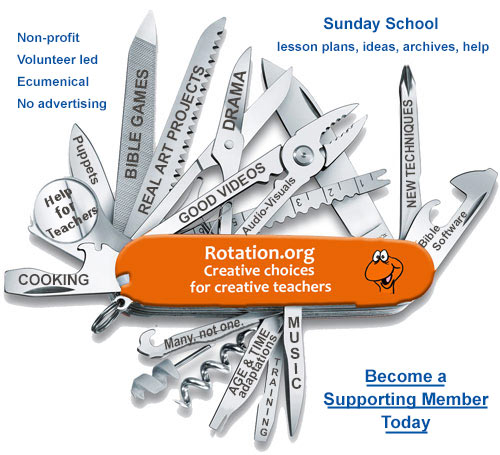
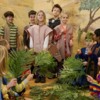
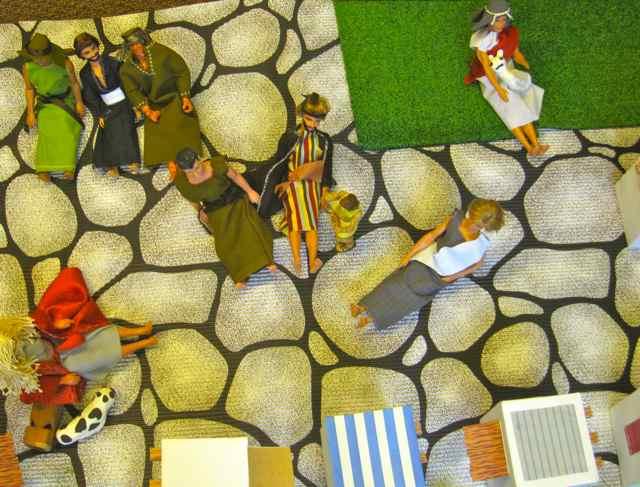
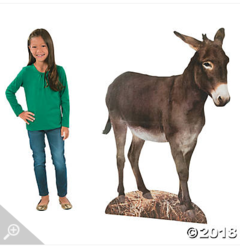

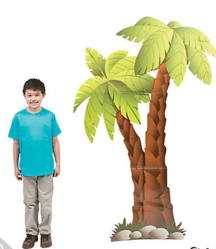




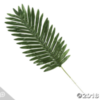

 Tip: We used a "voice changing microphone" that made the kids' voices sound "more like rocks" in everyone's imagination. It was fun and helped them focus. These types of toy microphones come with their own speakers, are rechargeable, and are quite inexpensive (check Amazon). They help drama and narrators quite a bit.
Tip: We used a "voice changing microphone" that made the kids' voices sound "more like rocks" in everyone's imagination. It was fun and helped them focus. These types of toy microphones come with their own speakers, are rechargeable, and are quite inexpensive (check Amazon). They help drama and narrators quite a bit.
